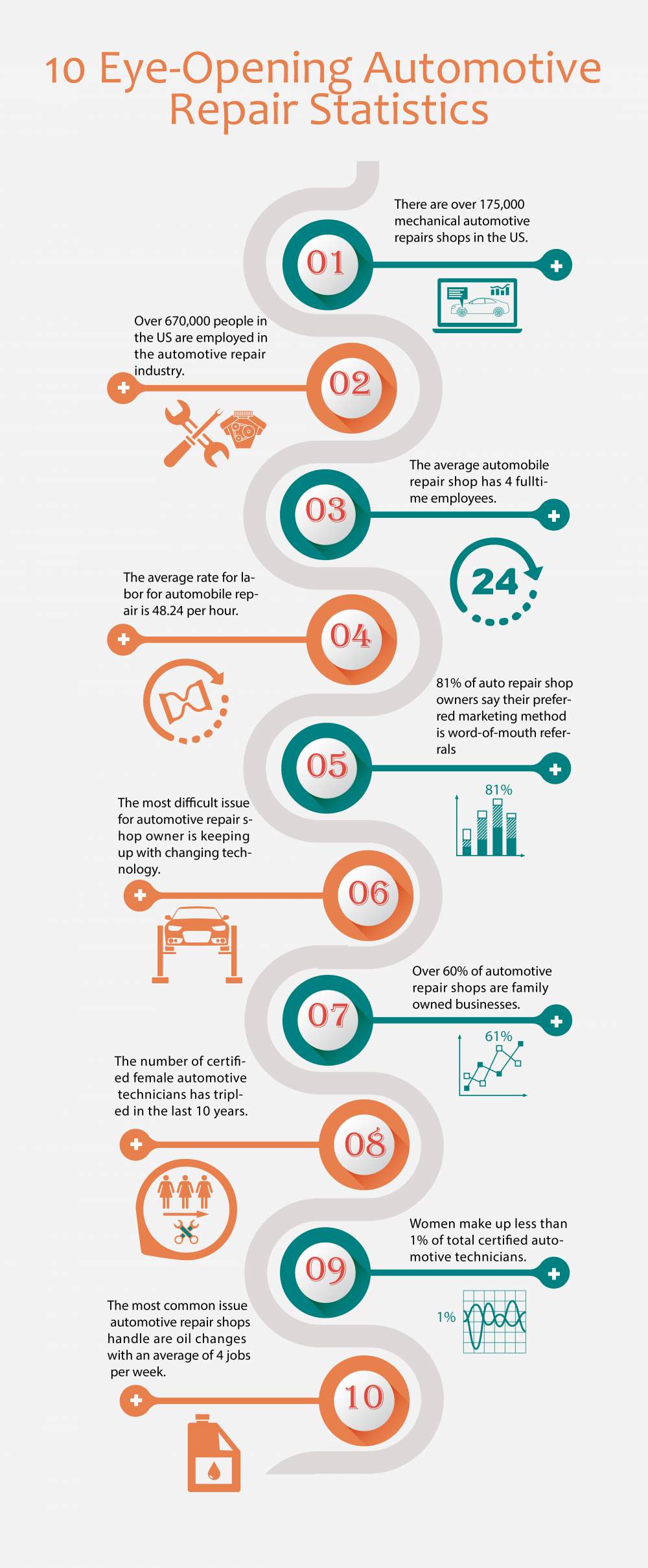Comprehending Your Vehicle'S Warning Lighting: What Do They Really Mean?
Comprehending Your Vehicle'S Warning Lighting: What Do They Really Mean?
Blog Article
Published By-Lim Torres
When you're behind the wheel, those beautiful caution lights on your control panel can be a bit perplexing. Do you understand what they're trying to tell you concerning your auto's health and wellness? Recognizing the relevance of these lights is essential for your safety and security and the long life of your lorry. So, the next time one of those lights appears, would not you wish to decipher its message accurately and take the required actions to address it?
Common Warning Lighting and Interpretations
Determine typical warning lights in your vehicle and recognize their significances to guarantee secure driving.
The most typical caution lights include the check engine light, which signals issues with the engine or discharges system. If this light comes on, it's essential to have your car inspected immediately.
The oil pressure warning light indicates reduced oil pressure, needing instant interest to avoid engine damages.
A blinking battery light might recommend a malfunctioning charging system, possibly leaving you stranded if not addressed.
The tire stress tracking system (TPMS) light alerts you to reduced tire pressure, affecting vehicle security and gas effectiveness. Overlooking this could cause unsafe driving problems.
The abdominal light suggests an issue with the anti-lock braking system, endangering your ability to stop quickly in emergency situations.
Last but not least, the coolant temperature cautioning light warns of engine overheating, which can result in severe damage if not fixed quickly.
Recognizing these typical warning lights will help you address issues quickly and keep secure driving problems.
Value of Prompt Attention
Comprehending the typical caution lights in your cars and truck is only the initial step; the significance of promptly dealing with these warnings can't be emphasized sufficient to ensure your safety and security on the road.
When a warning light illuminates on your dashboard, it's your automobile's way of interacting a potential concern that needs interest. Neglecting boat detailer can result in a lot more serious issues later on, jeopardizing your safety and potentially costing you much more in repairs.
Motivate focus to alerting lights can avoid break downs and accidents. As an example, a blinking check engine light might indicate a misfire that, if left ignored, could cause damage to the catalytic converter. Resolving this promptly can conserve you from a costly repair work.
Similarly, a brake system alerting light could signify low brake fluid or worn brake pads, important elements for your security when driving.
Do It Yourself Troubleshooting Tips
If you notice a warning light on your control panel, there are a few do it yourself repairing pointers you can try prior to looking for expert assistance.
click the up coming web site is to consult your car's guidebook to recognize what the details caution light shows. In https://engineremapping62839.dsiblogger.com/62792874/future-patterns-in-auto-describing-what-to-expect-in-the-next-five-years can be as simple as a loose gas cap causing the check engine light. Tightening the gas cap might solve the trouble.
One more usual problem is a low battery, which can activate numerous alerting lights. Checking the battery links for corrosion and ensuring they're safe might repair the issue.
If a caution light persists, you can attempt resetting it by disconnecting the auto's battery for a few mins and afterwards reconnecting it. Furthermore, examining your lorry's liquid levels, such as oil, coolant, and brake fluid, can aid fix warning lights associated with these systems.
Conclusion
In conclusion, comprehending your car's warning lights is vital for keeping your car running efficiently and securely. By without delay resolving these alerts and knowing what they indicate, you can avoid expensive repair services and prospective malfunctions.
Remember to consult your automobile's manual for specific information on each advising light and take action as necessary to make sure a trouble-free driving experience.
Remain notified, stay risk-free when driving!
